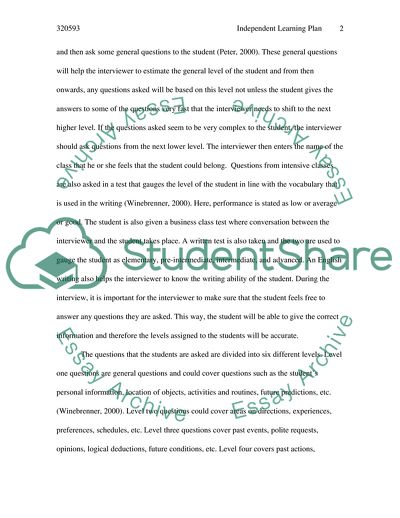Cite this document
(Independent learning plan Assignment Example | Topics and Well Written Essays - 1250 words, n.d.)
Independent learning plan Assignment Example | Topics and Well Written Essays - 1250 words. https://studentshare.org/education/1727228-independent-learning-plan
Independent learning plan Assignment Example | Topics and Well Written Essays - 1250 words. https://studentshare.org/education/1727228-independent-learning-plan
(Independent Learning Plan Assignment Example | Topics and Well Written Essays - 1250 Words)
Independent Learning Plan Assignment Example | Topics and Well Written Essays - 1250 Words. https://studentshare.org/education/1727228-independent-learning-plan.
Independent Learning Plan Assignment Example | Topics and Well Written Essays - 1250 Words. https://studentshare.org/education/1727228-independent-learning-plan.
“Independent Learning Plan Assignment Example | Topics and Well Written Essays - 1250 Words”. https://studentshare.org/education/1727228-independent-learning-plan.


